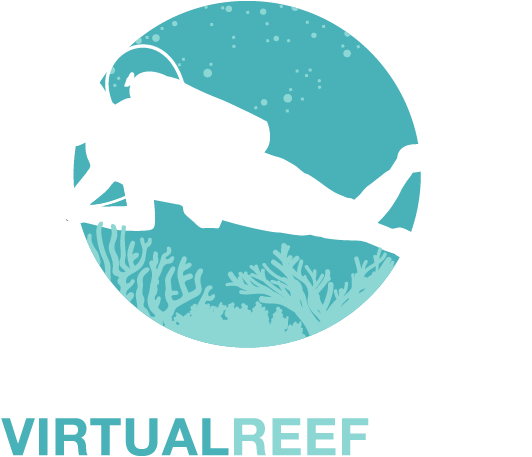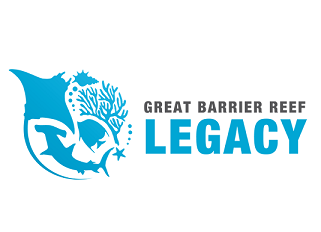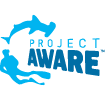RESEARCHING THE
GREAT BARRIER REEF
The Great Barrier Reef was designated a World Heritage Area in 1981 and is the largest coral reef ecosystem
on earth, with over 2,900 coral reefs spread over approximately 348,000 km2. This biologically diverse
underwater environment supports over 1,500 fish and 600 coral species, alongside thousands of molluscs,
marine mammals, sea turtles and birds.
An enormous amount of effort is invested in monitoring the Great Barrier Reef, with dozens of publicly and
privately funded monitoring programs in place, run by research institutions, government agencies,
reef-based industries, citizen-science groups, and traditional owners. However, no single organisation can
monitor the entire Great Barrier Reef on its own.
The motivation for the Virtual Reef Diver project was to find a way to make use of all the existing monitoring
data collected by these organisations, and also to look for other innovative ways to obtain new data in a
cost-effective manner. Click on the boxes below to learn more about how the data are collected and used to
generate predictions of coral cover across the Great Barrier Reef.
LEARN MORE ABOUT THE RESEARCH
Observation
Collecting and recording data, enabling scientists to construct models and test theories.
Classification
Translating observational data into coral cover data that can be used in scientific models.
Modelling
A mathematical representation used to describe phenomena that cannot be directly observed, or is too complex to observe in its entirety.
Prediction
A mathematical guess based on observed data about an event or situation that wasn’t observed.



















